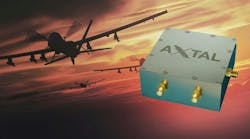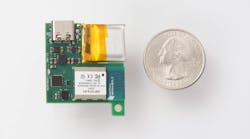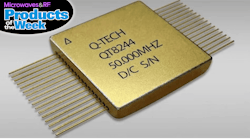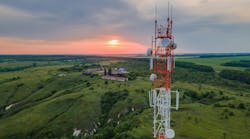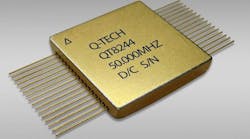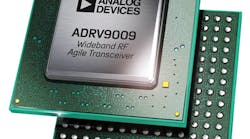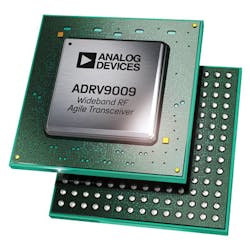Integrated Radio Transceiver Confronts Challenges from Every Corner (.PDF Download)
5G communications is associated with higher levels of complexity, such as an expanded frequency spectrum, wider bandwidths, and higher channel counts. The technology will also require products with reduced size, weight, and power (SWaP), as well as lower costs. Moreover, while original equipment manufacturers (OEMs) will obviously need to support 5G networks, they still must support previous-generation 2G, 3G, and 4G communications, too. Thus, demand will ramp up for solutions that can wrestle with current, new, and legacy wireless standards.
One company, Analog Devices (ADI), developed what it describes as a “single radio platform that can handle emerging wideband applications, while delivering the high-performance required for existing applications.” Those “single radio platforms” are the ADRV9008/9 solutions, which are the latest entries to ADI’s RadioVerse RF transceiver product line (Fig. 1). The ADRV9008/9 products are not only intended for cellular applications, but also for aerospace and defense applications and test-and-measurement equipment.
1. The ADRV9009 transceiver, which has a tunable frequency range of 75 MHz to 6 GHz, is equipped to support current, new, and legacy wireless standards and more.



